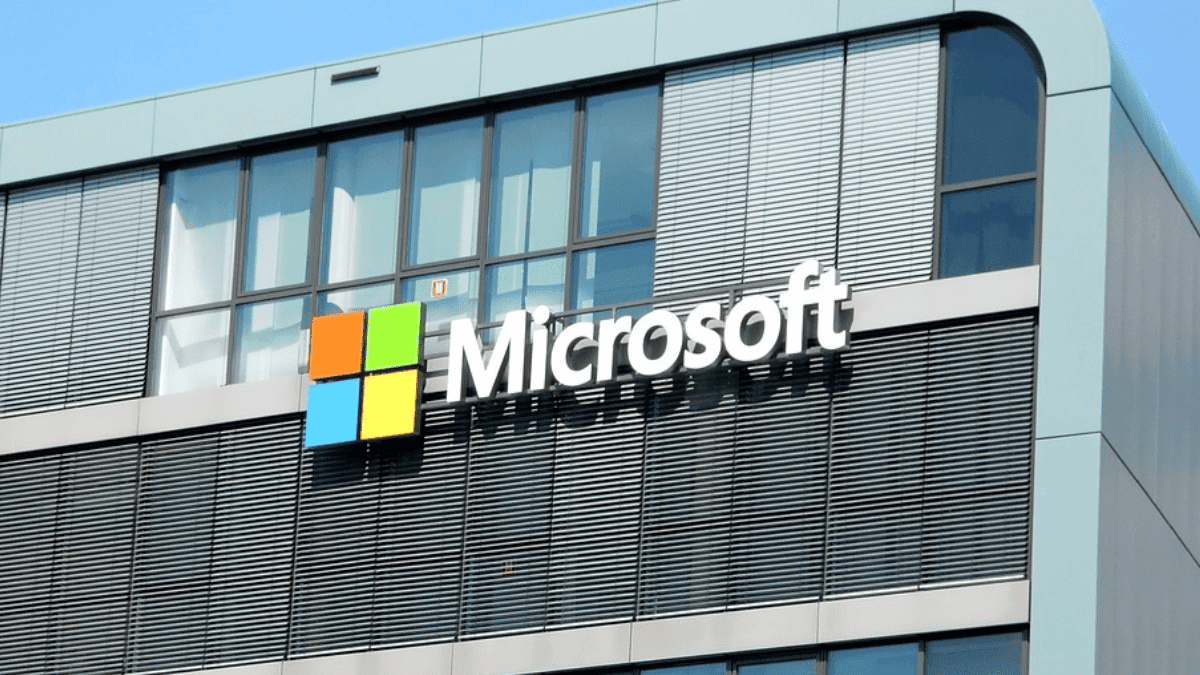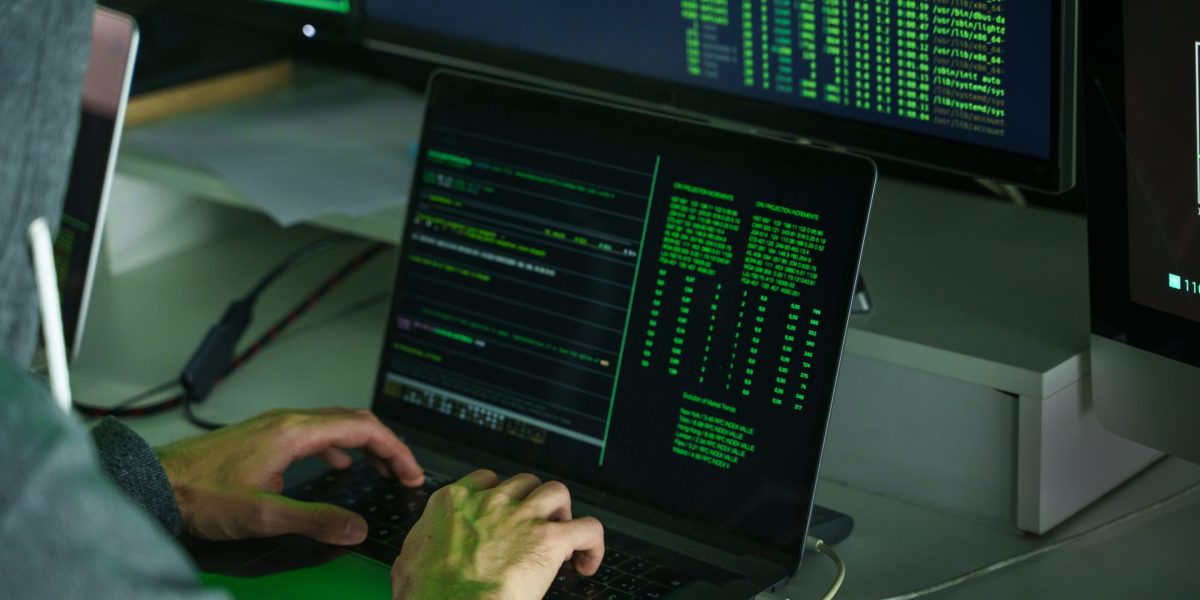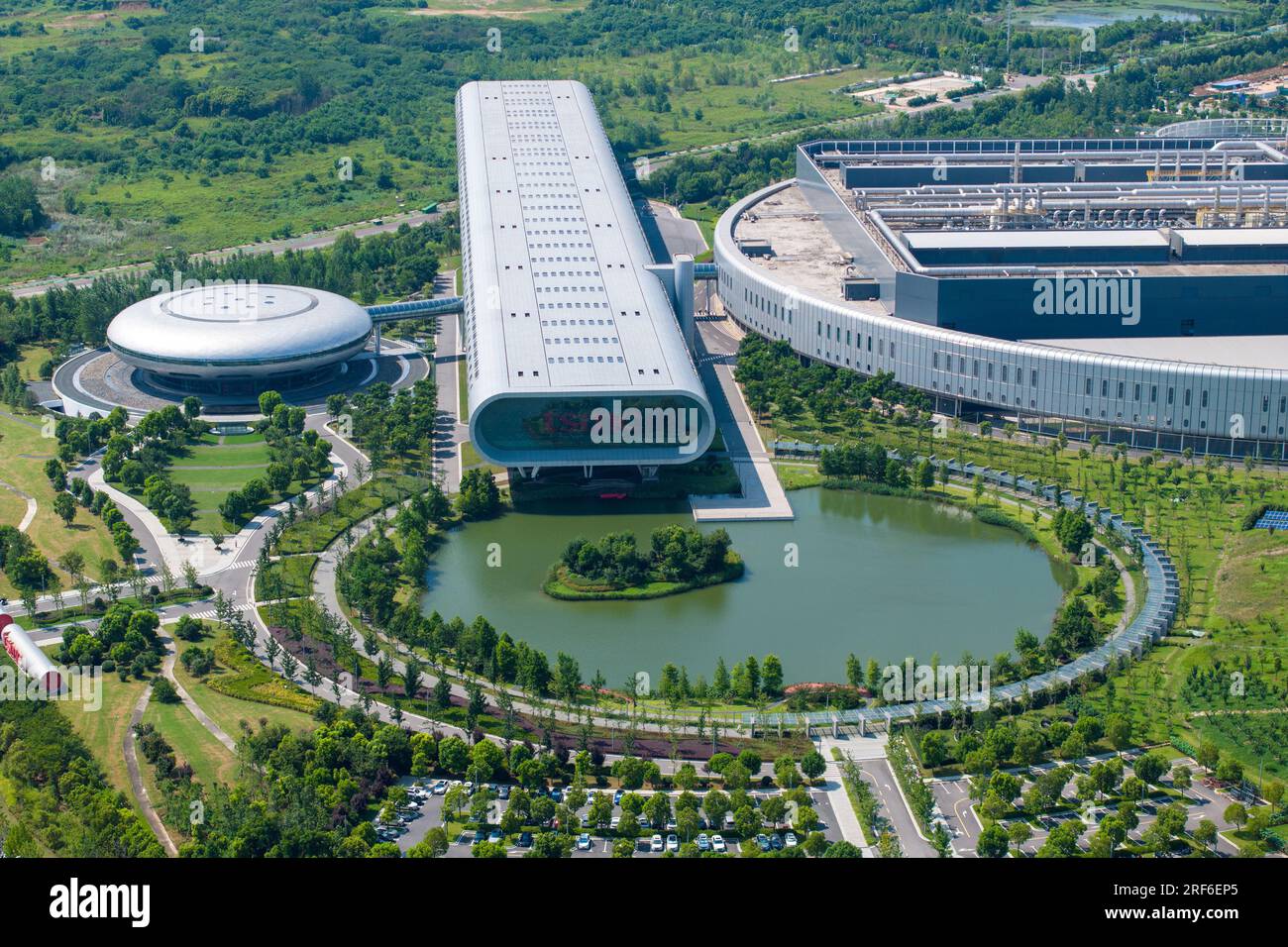Microsoft Reports Surge in AI-Powered Cyberattacks by Russia, China, Iran, and North Korea
- byAman Prajapat
- 17 October, 2025

In a rapidly evolving digital landscape, the convergence of artificial intelligence (AI) and cyber warfare has introduced unprecedented challenges to global cybersecurity. Microsoft’s latest annual Digital Defense Report, released on October 16, 2025, underscores a significant escalation in AI-powered cyberattacks orchestrated by state actors, notably Russia, China, Iran, and North Korea.
The Rise of AI in Cyber Warfare
Historically, cyberattacks have been primarily executed through traditional methods such as malware, phishing, and ransomware. However, the integration of AI technologies has revolutionized the tactics employed by cyber adversaries. AI enables the automation of complex tasks, allowing for the rapid generation of disinformation, the creation of convincing deepfakes, and the execution of sophisticated phishing campaigns. These advancements have significantly enhanced the efficacy and scale of cyberattacks, posing a formidable threat to national security and critical infrastructure.
Microsoft's Findings: A Surge in AI-Driven Cyber Incidents
According to Microsoft's findings, July 2025 witnessed over 200 instances of AI-generated fake content, a dramatic increase compared to previous years. This surge highlights the growing reliance on AI by adversarial nations to deceive the public and compromise the integrity of information systems. The report details several AI-driven tactics, including:
Deepfake Technology: The creation of realistic audio and video impersonations of public officials to disseminate false information and manipulate public opinion.
Automated Phishing Attacks: The use of AI to craft personalized and convincing phishing emails, leading to unauthorized access to sensitive data and systems.
Impersonation of American Identities: AI-generated profiles mimicking U.S. citizens to infiltrate organizations and gather intelligence.
These tactics have been employed to target various sectors, including government agencies, healthcare institutions, and transportation networks, thereby disrupting essential services and compromising national security.
Geopolitical Implications and Targeted Nations
The United States has emerged as the primary target of these AI-driven cyberattacks, accounting for a significant proportion of the incidents reported. Other nations, such as Israel and Ukraine, have also been targeted, reflecting the global nature of this cyber threat. The geopolitical motivations behind these attacks are multifaceted, ranging from espionage and data theft to the disruption of critical infrastructure and the spread of disinformation to influence political outcomes.
Notably, Microsoft has identified specific cyber threat groups associated with these nations:
Volt Typhoon: An advanced persistent threat (APT) group linked to China, known for targeting critical infrastructure to gather intelligence and potentially disrupt communications during geopolitical tensions.
Hafnium (Silk Typhoon): Another Chinese APT group, attributed to the Ministry of State Security, responsible for exploiting vulnerabilities in Microsoft Exchange Servers to conduct widespread cyber-espionage campaigns.
North Korean Cyber Units: North Korea has been reported to use AI-generated personas to create fake American identities, applying for remote tech jobs to access sensitive information and deploy malware.
These groups employ a range of sophisticated techniques, including zero-day exploits, credential stuffing, and lateral movement within networks, to achieve their objectives.
Challenges in Cyber Defense
The rapid advancement of AI technologies has outpaced the development of defensive cybersecurity measures, creating a significant disparity between offensive capabilities and defensive preparedness. Many organizations, particularly small and medium-sized enterprises, continue to rely on outdated security infrastructures, rendering them vulnerable to AI-enhanced cyber threats. The complexity and scale of these attacks necessitate a paradigm shift in cybersecurity strategies, emphasizing proactive defense mechanisms, real-time threat intelligence sharing, and the integration of AI-driven security solutions.
The Role of AI in Cyber Defense
While AI has been weaponized by adversaries, it also holds promise as a tool for enhancing cybersecurity defenses. AI can be leveraged to detect anomalous behaviors, predict potential threats, and automate responses to security incidents. Machine learning algorithms can analyze vast amounts of data to identify patterns indicative of cyber threats, enabling organizations to respond swiftly and effectively. However, the deployment of AI in cybersecurity must be approached with caution, ensuring that ethical considerations and privacy concerns are addressed to prevent misuse.

Recommendations for Strengthening Cybersecurity
In light of these developments, Microsoft has outlined several recommendations to bolster cybersecurity resilience:
Investment in Cyber Hygiene: Organizations should prioritize fundamental cybersecurity practices, such as regular software updates, strong password policies, and employee training, to mitigate the risk of cyberattacks.
Adoption of AI-Driven Security Solutions: Implementing AI-based security tools can enhance threat detection and response capabilities, providing a proactive defense against evolving cyber threats.
Collaboration and Information Sharing: Establishing partnerships between public and private sectors, as well as international cooperation, is essential for sharing threat intelligence and developing collective defense strategies.
Development of Ethical AI Frameworks: Creating guidelines for the ethical use of AI in cybersecurity ensures that technological advancements do not infringe upon individual rights and freedoms.
Continuous Research and Development: Investing in research to understand emerging cyber threats and developing innovative solutions is crucial for staying ahead of adversaries.
Conclusion
The integration of AI into cyber warfare represents a paradigm shift in the landscape of global security. While it presents new challenges, it also offers opportunities to enhance defensive capabilities. The findings from Microsoft's report serve as a clarion call for nations and organizations worldwide to reevaluate their cybersecurity strategies, invest in advanced technologies, and foster collaboration to safeguard the digital future. As the digital realm becomes increasingly intertwined with every aspect of society, the imperative to defend it has never been more critical.
In the words of Amy Hogan-Burney, Microsoft's Vice President for Customer Security and Trust, "We see this as a pivotal moment where innovation is going so fast. This is the year when you absolutely must invest in your cybersecurity basics."
As we stand at this crossroads, the choices we make today will determine the security and resilience of our digital tomorrow.
Note: Content and images are for informational use only. For any concerns, contact us at info@rajasthaninews.com.
TSMC Optimistic Amid...
Related Post
Hot Categories
Recent News
Daily Newsletter
Get all the top stories from Blogs to keep track.











